Carbon Fiber
- Reinforcing
- Highest strength/modulus properties of the common shielding additives
- Lowest cost of the common shielding additives
- Low shielding performance
ASTM D4935: Standard Test Method for Measuring the Electromagnetic Shielding Effectiveness of Planar Materials
This test method provides a procedure for measuring the electromagnetic (EM) shielding effectiveness (SE) of a material due to a plane-wave, far-field EM wave. The test utilizes a coaxial transmission line to determine the shielding effectiveness of a given material. The test method is valid for a frequency range of 30 MHz to 1.5 GHz. Various thicknesses and types of materials can be tested to acquire a relative ranking of shielding effectiveness.
[note color=”#FFFFCC”]
RTP 200 Series
Nylon 6/6 Compounds
[col type=”lts-one-half”]Advantages
- Strength
- Stiffness
- Heat resistance
- Chemical resistance to hydrocarbons
- Wear resistance and lubricity
[/col][col type=”lts-one-half lts-col-last”]Limitations
- Water absorption
- Chemical resistance to strong acids and bases
[/col]
Many types of nylon are commercially available. The most popular type is nylon 6/6, followed by nylon 6, then nylon 6/12, nylon 11 and nylon 12. Nylon 6/6 offers an excellent balance of properties and is the strongest of the nylons.
Nylons absorb more moisture than most other polymers. Moisture acts as a plasticizer, reducing tensile strength and stiffness. While absorbed moisture may reduce some properties, significant increases in elongation, impact strength, and energy absorbing characteristics are noted with increasing moisture content. Properly recognized and accounted for, the effect of moisture on the processing and properties of nylon need not be of great concern.
[/note]
No information supplied by RTP Company constitutes a warranty regarding product performance or use. Any information regarding performance or use is only offered as suggestion for investigation for use, based upon RTP Company or other customer experience. RTP Company makes no warranties, expressed or implied, concerning the suitability or fitness of any of its products for any particular purpose. It is the responsibility of the customer to determine that the product is safe, lawful and technically suitable for the intended use. The disclosure of information herein is not a license to operate under, or a recommendation to infringe any patents.





